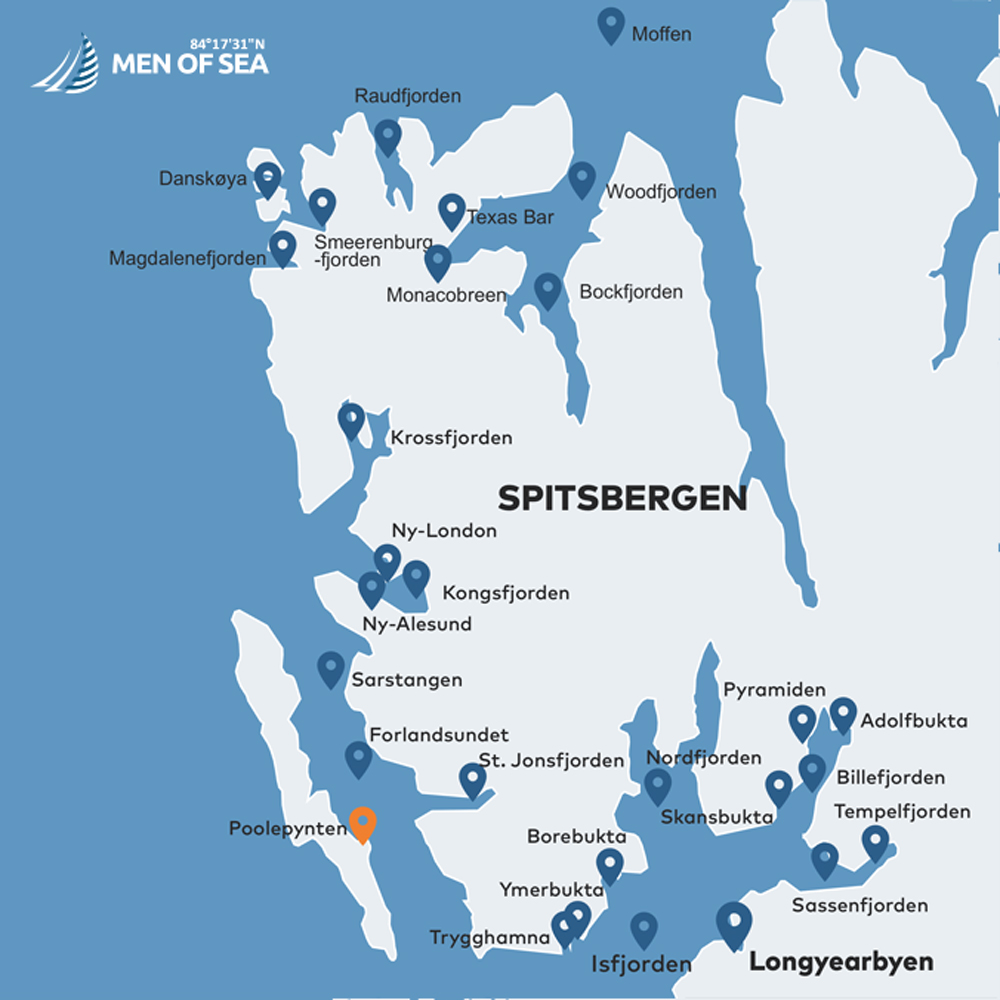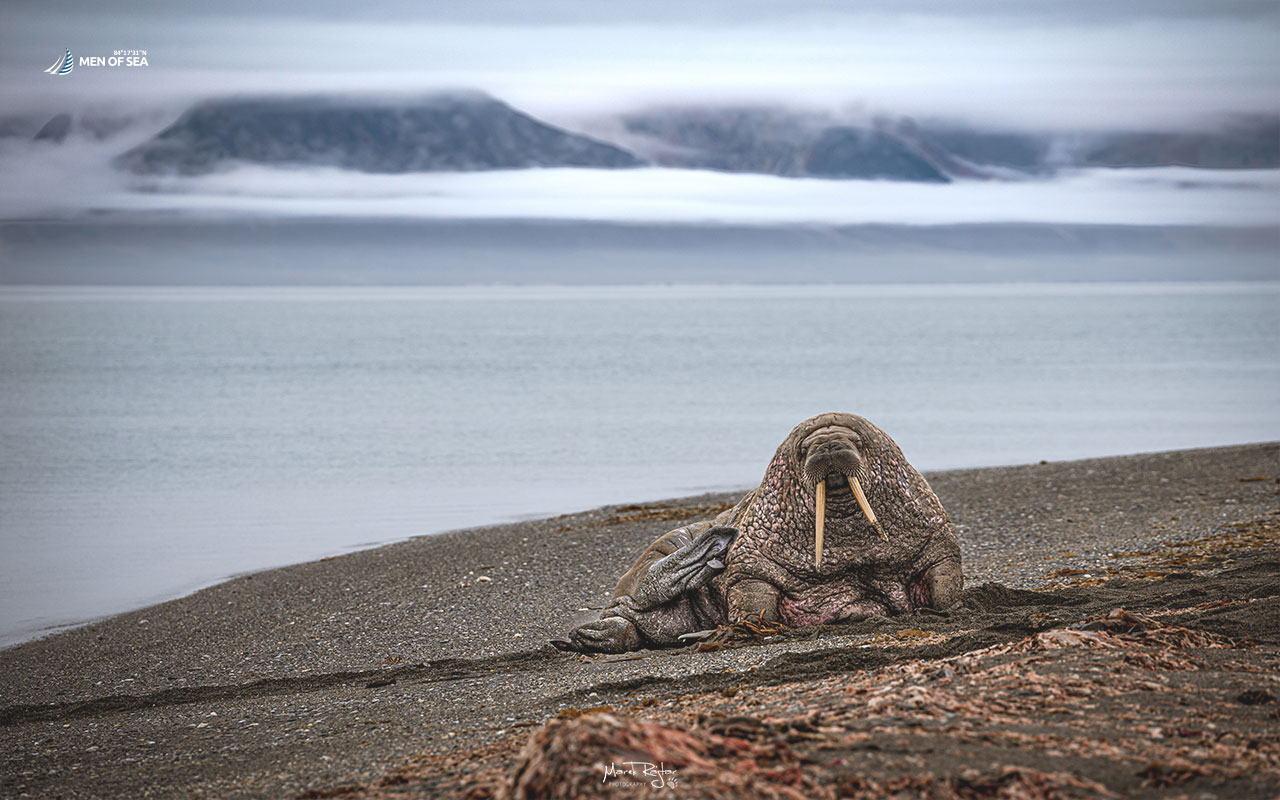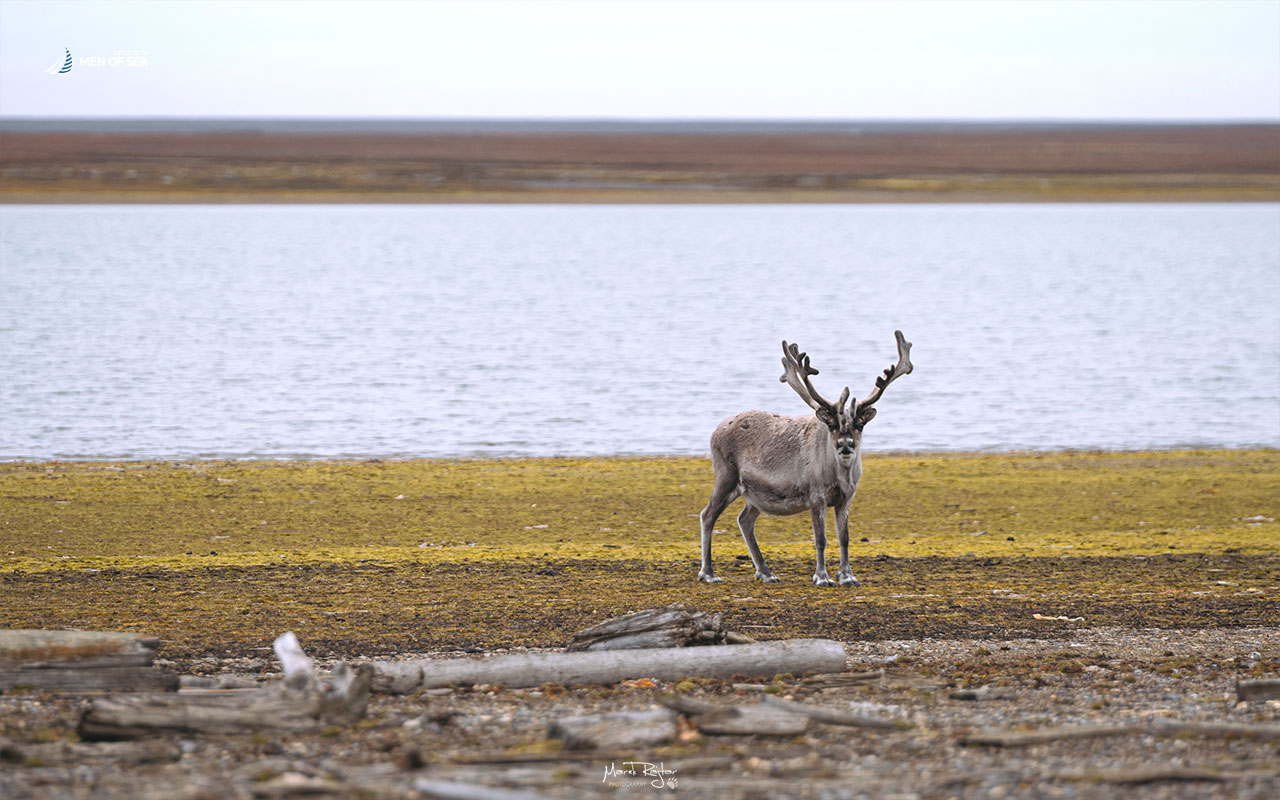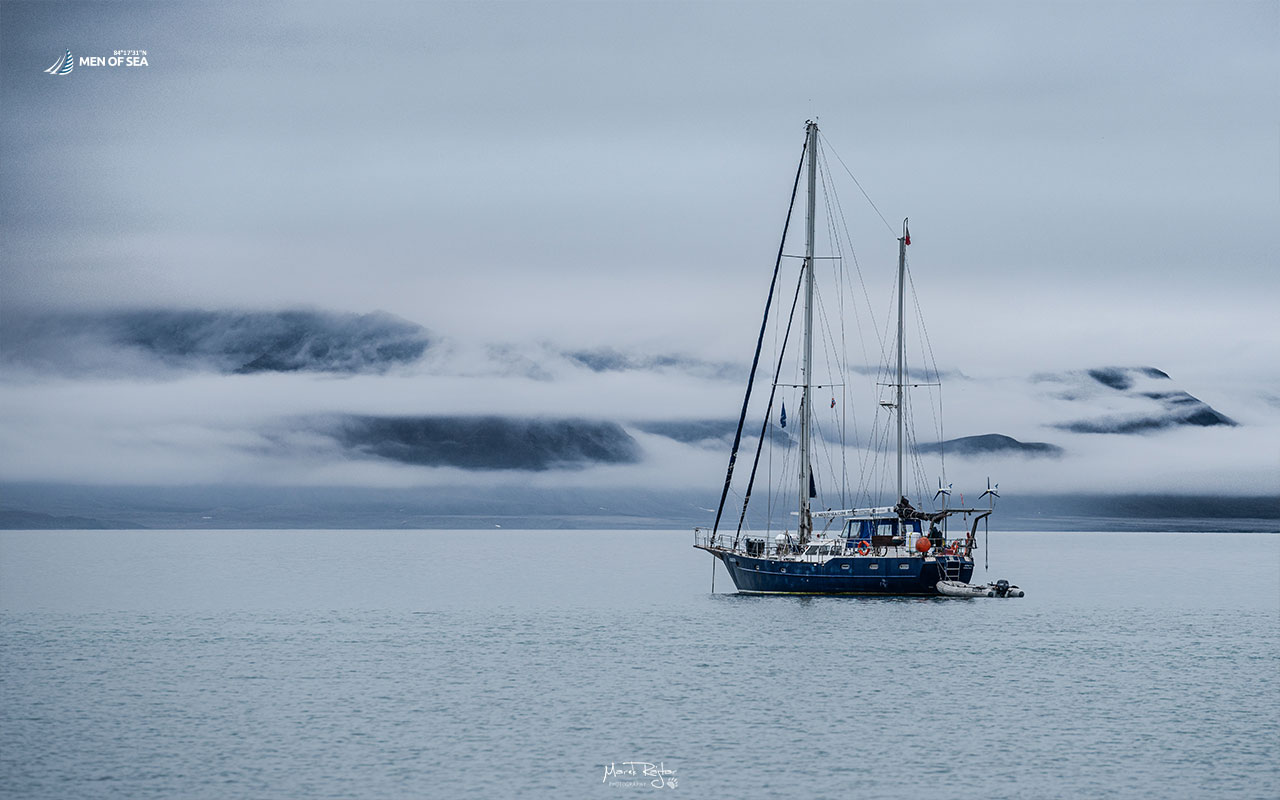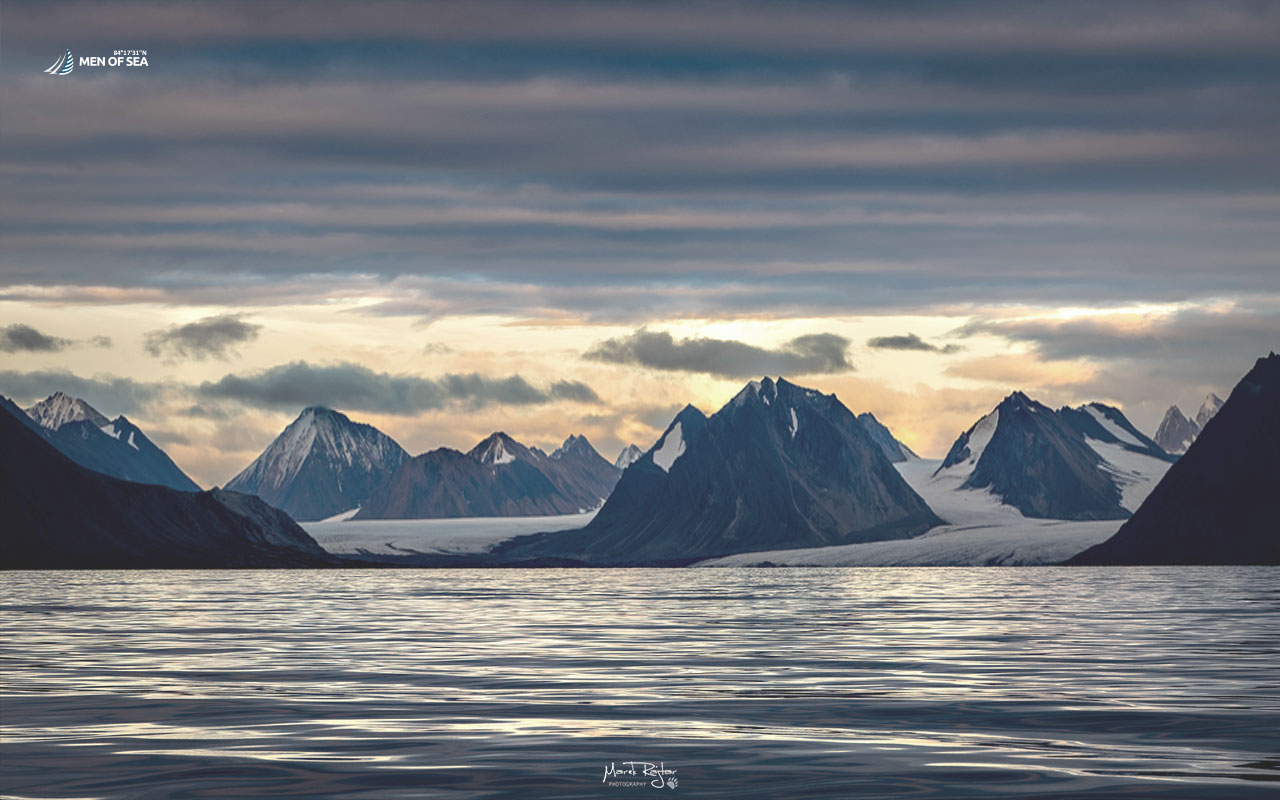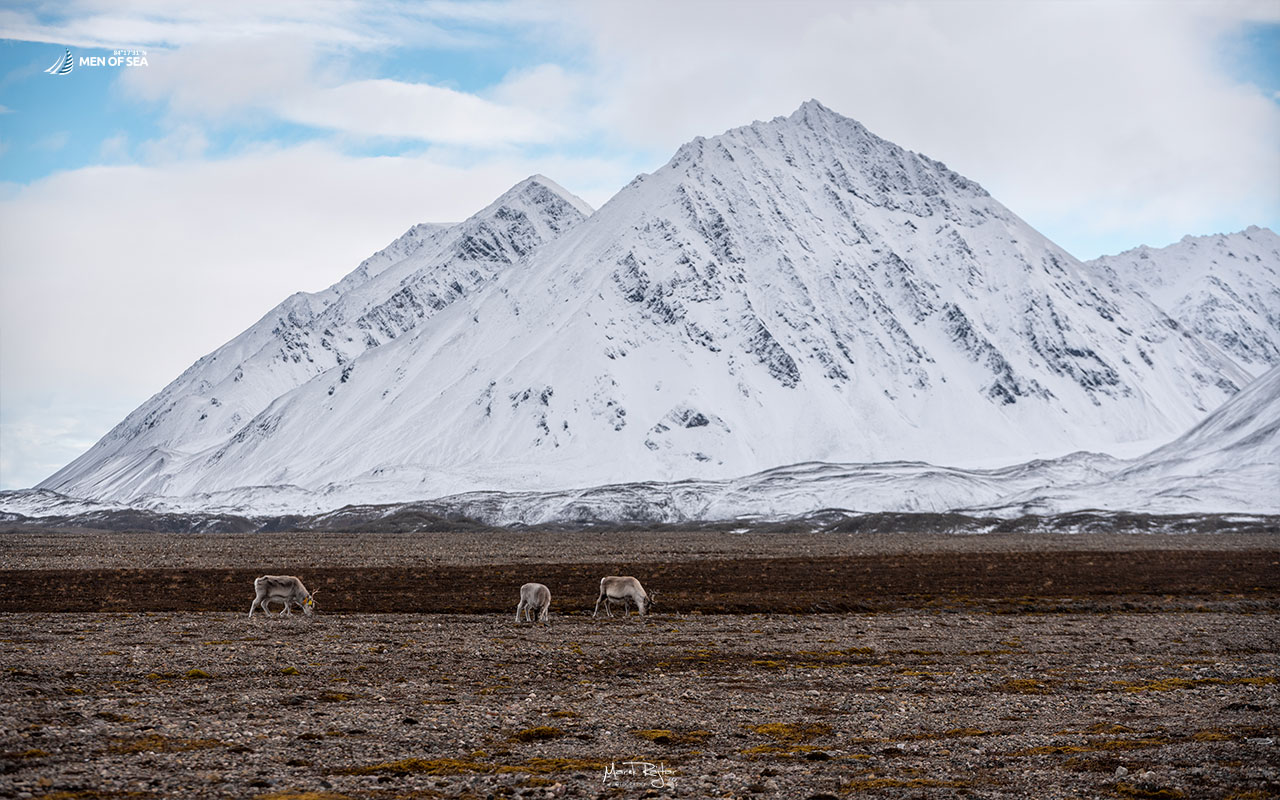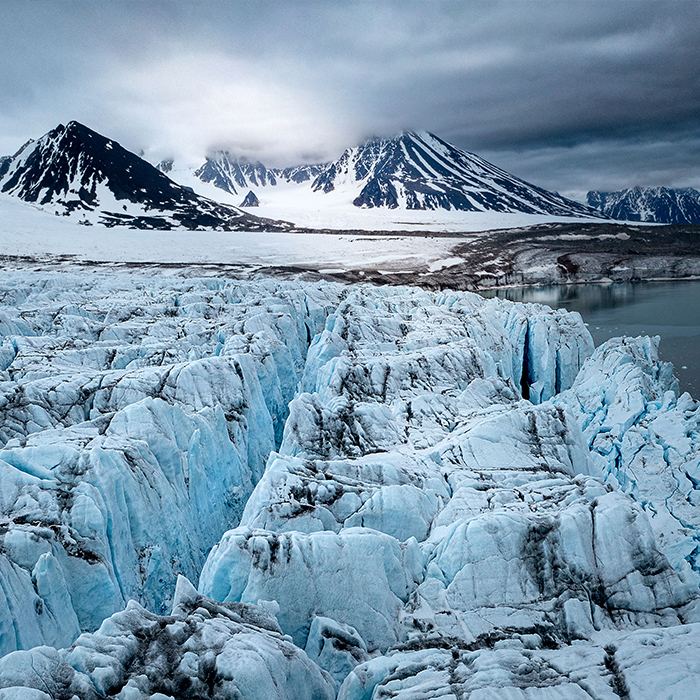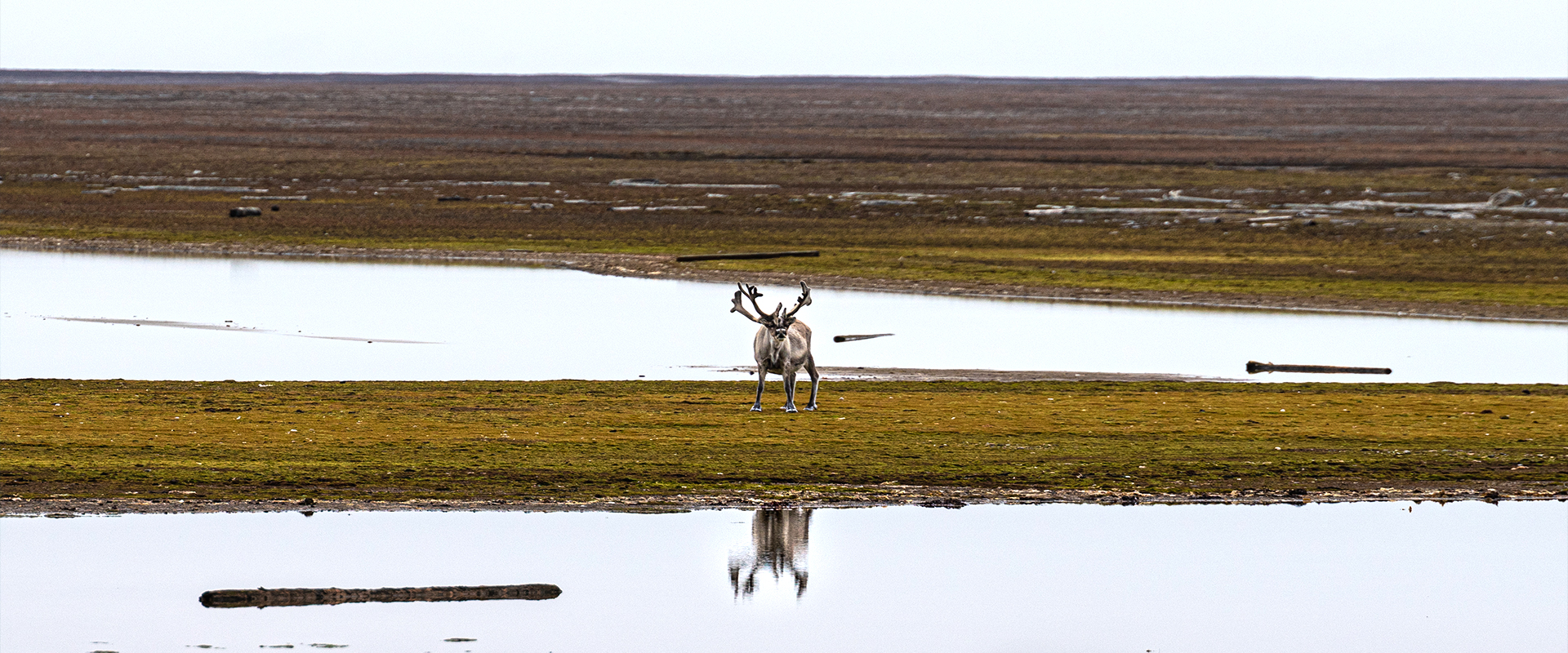
POOLEPYNTEN
Camping in the Arctic
BASIC INFORMATION
Poolepynten is a one-and-a-half-kilometre headland on the eastern coast of Prins Karls Forland, belonging to Forlandet National Park. It owes its name to an English explorer Jonas Poole, who arrived here on the ship Amity in 1610 and spent three months exploring the western coast, hunting walruses, polar bears, and reindeer. Traces of hunters’ settlements, where hunters pursued animals in later years, still remain.
Poolepynten is renowned for its spectacular walrus colonies, which can be admired from close proximity. The majestic bodies of these animals in their natural habitat leave a lasting impression. Polar bears are also often spotted in the vicinity, and whales can be seen in the water. Reindeer are frequent grazers on the nearby meadows with lakeshores.
Zodiac landing adds an extra thrill.
The Realm of Walruses
Walruses can reach lengths of up to 4 meters and weigh up to 1700 kg. Their bodies are covered with thick, 3,5-centimetre skin. They can live up to 40 years, feeding on clams, snails, fish and even seals. They can consume up to 50 kg of clams per day!
For about 300 years, walruses were hunted on Svalbard for meat and their tusks, which reach 50 cm on average. When they became protected in 1952, there were only about 100 individuals. Since then, their population in the Arctic has increased to about 2000.
Walruses seem to be a species paradoxically benefiting from climate change and global warming. Warmer waters and receding ice provide them with new clamming grounds.
Approaching them, we can observe a sandy beach with a large colony basking on it and individuals bathing in the water. We anchor nearby and land on the beach. We approach their haulout so closely that we can almost smell their “aroma”. However, we must remain cautious, as beneath the surface of their lazy bodies lie true warriors, vigilant and ready to defend at any moment. Their colonies are often attacked by polar bears, and the outcome of such encounters is not always obvious. If we intrude their safety zone, we will quickly find out who the leader of the herd is, as their behaviour will warn us against further movements.
